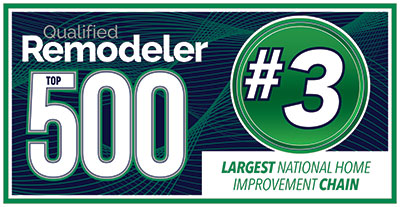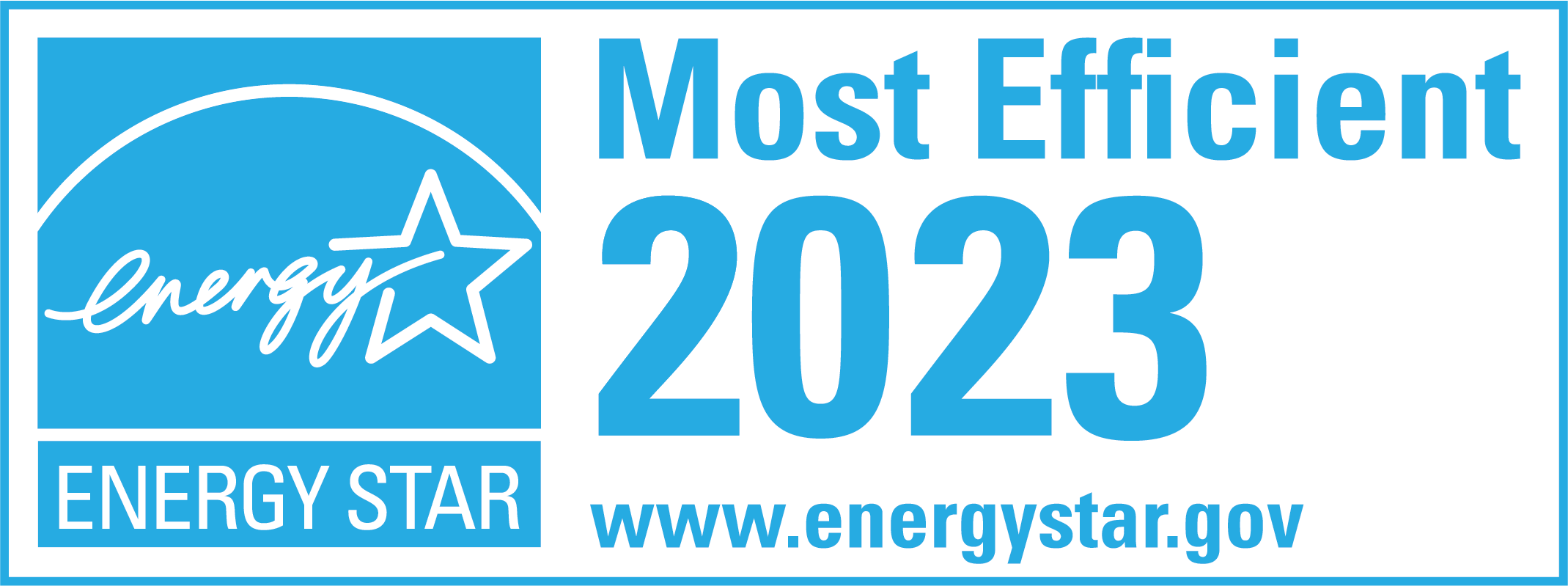Replacement Siding: The Benefits and Considerations of Installing New Siding
If you’re a homeowner, making your property look beautiful and well-maintained is probably very important. After all, your home is your biggest investment! Your siding is a crucial piece of your home’s exterior that deserves attention. Over time, siding can become damaged or outdated, detracting from your home’s appearance and compromising its structural integrity. However, replacement siding is a significant project that requires careful consideration. Here, we’ll take a closer look at the benefits of new siding and what you need to know before making the leap.
Why Replace Your Siding?
First, let’s talk about why you might need new siding. There are a few different reasons why homeowners choose to install new siding, such as wear and tear over time or damage due to weather. Here are some common signs that your siding is past its prime:
Signs Your Siding Needs Replacement
- Cracks or gaps in siding panels
- Warped or bulging siding
- Mold or mildew growth
- Fading or discoloration
- Soft spots or areas that feel “spongy” to the touch
- Insect or pest infestations
- Problems opening or closing windows and doors
If you notice any of these issues, it’s time to start considering new siding. Waiting too long to address these problems can lead to bigger, costlier issues – like water damage or compromised structural integrity. It’s important to note that while some of these issues may seem minor, they can quickly escalate and cause significant damage if left unresolved.
Choosing the Right Time for Replacement
Once you’ve decided that your siding needs replacing, choosing the right time for the project is essential. Most people opt for replacing their siding in the spring or summer when the weather is mild. However, it’s also important to consider your personal schedule and the availability of contractors in your area. Remember that replacing siding can take several weeks, depending on the size of your home and the extent of the damage. Therefore, it’s crucial to plan accordingly and be prepared for some disruption to your daily routine.
Another factor to consider when choosing the right time for replacement is the cost. Siding replacement can be a significant investment, and you’ll want to ensure you have the funds to cover the expense. However, remember that replacing your siding can add value to your home and improve its overall curb appeal. So, while it may be a significant expense upfront, it can pay off in the long run.
Choosing the Right Type of Siding
When it comes to choosing the right type of siding for your home, there are several options to consider. Some of the most popular types of siding include:
- Vinyl siding
- Fiber cement siding
- Wood siding
- Brick siding
Each type of siding has its own unique benefits and drawbacks, so it’s essential to do your research and choose the one that best fits your needs and budget. For example, vinyl lap siding is popular due to its affordability and low maintenance requirements, while wood siding is known for its natural beauty and durability.
Ultimately, the right type of siding for your home will depend on a variety of factors, including your personal preferences, budget, and the climate in your area. It’s always a good idea to consult a professional contractor to help you make the best decision for your home.
Types of Siding Materials
Choosing the right siding material for your home can be a daunting task. With so many options available, it can be challenging to determine which one is best suited for your needs. Here are some of the most common types of siding materials:
Vinyl Siding
Vinyl siding is popular among homeowners because of its affordability, durability, and low maintenance requirements. It’s available in a wide range of colors and styles, so you can customize the look of your home to your exact preferences. Vinyl siding is also resistant to pests, rot, and moisture, making it an excellent option for homes in harsh weather conditions.
One of the benefits of vinyl siding is that it’s easy to install. It can be installed over existing siding, saving you time and money on installation costs. Additionally, vinyl siding is an eco-friendly option as it can be recycled after its useful life.
Fiber Cement Siding
Fiber cement siding blends sand, cement, and wood fibers, making it strong and durable. It’s also resistant to rot, fire, and insects, making it an excellent option for homeowners in areas with severe weather patterns. Fiber cement siding is available in various styles, including shingles, planks, and panels, allowing you to create a unique look for your home.
One of the benefits of fiber cement siding is that it’s low maintenance. It doesn’t require painting or staining and is resistant to fading, cracking, and warping. Additionally, fiber cement siding is an eco-friendly option made from sustainable materials.
Wood Siding
Wood siding is a classic choice that adds character to your home. Many types of wood siding include cedar, pine, and redwood. However, wood siding requires regular maintenance – including staining and repainting every few years. Without proper maintenance, wood siding can be susceptible to rot, pests, and moisture damage.
One of the benefits of wood siding is that it’s a natural insulator, which can help reduce your energy costs. Additionally, wood siding is biodegradable and can be recycled after its useful life.
Metal Siding
Metal siding is a modern and stylish option that can add a sleek look to your home’s exterior. It’s also fire-resistant and won’t rot like wood siding. Metal siding is available in various materials, including aluminum, steel, and copper, allowing you to create a unique look for your home.
One of the benefits of metal siding is that it’s low maintenance. It doesn’t require painting or staining and is resistant to fading, cracking, and warping. Additionally, metal siding is an eco-friendly option as it can be recycled after its useful life.
Stucco Siding
Stucco siding is made from cement, sand, and water. It’s a low-cost, energy-efficient option to help insulate your home from extreme temperatures. Stucco siding is available in various colors and textures, allowing you to create a unique look for your home.
One of the benefits of stucco siding is that it’s low maintenance. It doesn’t require painting or staining and is resistant to pests, rot, and moisture damage. Additionally, stucco siding is an eco-friendly option as it’s made from natural materials.
Brick and Stone Siding
Brick and stone siding are some of the most durable options, as they offer excellent wind, rain, and fire resistance. They’re also low-maintenance and can last for many years if installed correctly. Brick and stone siding is available in various colors and textures, allowing you to create a unique look for your home.
One of the benefits of brick and stone siding is that it’s low maintenance. It doesn’t require painting or staining and is resistant to pests, rot, and moisture damage. Additionally, brick and stone siding are eco-friendly options as they’re made from natural materials.
When choosing a siding material, it’s essential to consider your budget, maintenance requirements, and the climate in your area. With so many options available, you’re sure to find a siding material that meets your needs and complements the look of your home.
Benefits of New Siding
Now that you understand the types of siding materials available, let’s take a closer look at the benefits of installing new siding.
Improved Curb Appeal
One of the first and most noticeable benefits of newly installed siding is the enhanced look of your home. Installing new siding can give your home a modern, updated look that can improve curb appeal.
Increased Home Value
New siding can boost your home’s value significantly. According to some studies, homeowners can recoup up to 80% of their investment in the new siding when they sell their homes.
Enhanced Energy Efficiency
New siding can help insulate your home, improving its energy efficiency by preventing heated or cooled air from escaping. This can lead to lower utility bills and a more comfortable living environment all year round.
Low Maintenance Requirements
If you opt for low-maintenance siding materials like vinyl or metal, you won’t have to worry about regularly repainting or re-staining your siding, which can save time, money, and effort down the line.
Better Weather Resistance
New siding can withstand extreme weather patterns – like heavy rain and storms – compared to aging or weather-damaged siding. This can help prevent costly water damage to your home’s interior and exterior.
Conclusion
It’s clear that the benefits of new siding far outweigh the potential drawbacks. If you’re considering replacing your siding, consider the factors we’ve discussed – like the right time for installation and the types of siding materials available. With a little research and careful planning, you can find the perfect option for your home that will add value, improve energy efficiency, and look beautiful for years to come.






